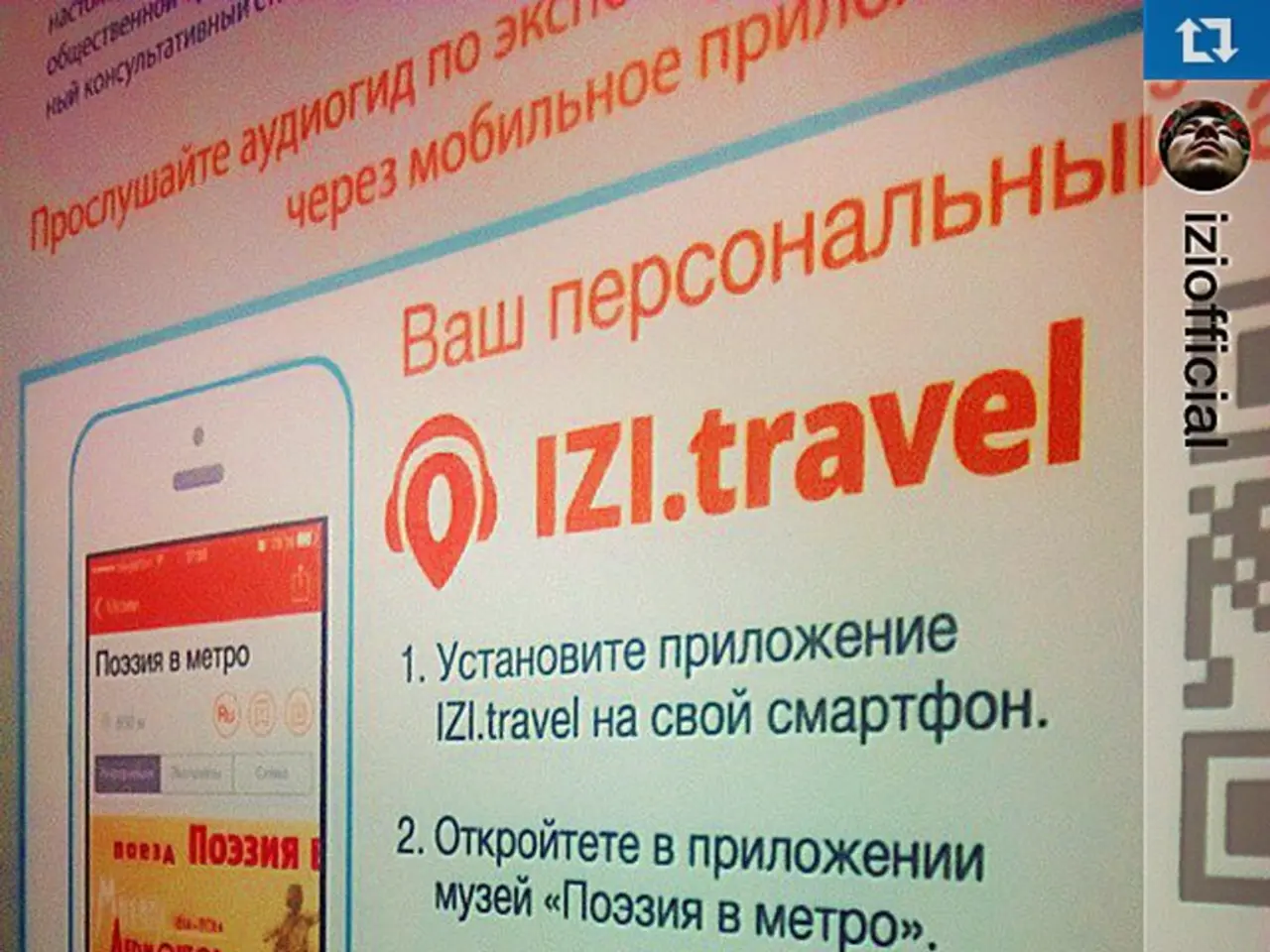YouTube Political Advertisements: Strategies for Crafting Impactful YouTube Ads for Politicians
In the digital age, political campaigns are leveraging the vast reach and targeted capabilities of YouTube to connect with voters and influence elections. With over 2 billion monthly active users, YouTube is one of the most popular social media channels globally, making it an attractive platform for political advertisers.
YouTube ads, with their remarkable targeting capabilities, can reach the right audience at the right time with the right message. This precision targeting is made possible by understanding voters' demographics, interests, and behaviours. For instance, YouTube ads are particularly effective among younger demographics who consume more online video.
Political campaigns can use various ad formats on YouTube, including TrueView ads, In-Stream ads, Bumper ads, Masthead ads, and Remarketing ads. TrueView ads only charge when viewers watch the full video or at least 30 seconds, saving money on ad spend. Bumper ads are short, non-skippable, and less than six seconds long, ideal for quick, impactful messages.
Running ads closer to election dates and during debates maximizes visibility and voter influence. These ads can direct viewers to fundraising pages or encourage small donor contributions, helping to boost engagement and reach a wider audience.
The power of video in YouTube ads allows political campaigns to convey their campaign message to a vast, highly engaged audience. Strong visuals, authentic stories, and emotional appeal help messages resonate with voters. However, it's essential to ensure truthful content, avoid negativity, and maintain cultural sensitivity to prevent backlash from YouTube ads.
Google Ads Manager, A/B testing tools, and analytics dashboards help refine campaign strategies. Metrics for measuring the success of YouTube ads in political campaigns include impressions, view-through rates, click-through rates, engagement, and conversions. Key metrics to track include ad reach, engagement rate, view-through rate (VTR), cost per view (CPV), and conversion rate.
Successful case studies show that YouTube ads can significantly influence voters' behaviour and perception of political issues. For example, Barack Obama's 2008 campaign used YouTube ads to target younger audiences and build a solid following among young voters. The video "Yes We Can" became an instant hit and was viewed millions of times.
However, it's important to note that due to new strict EU regulations coming into force in October 2025, major platforms like Google (YouTube) and Meta are withdrawing political advertising in the EU. Prior to this, some politicians worldwide used YouTube ads effectively, but recent European trends indicate a move away from this channel for political ads.
Future trends shaping YouTube political advertising include AI-driven targeting, interactive video ads, shoppable fundraising ads, and real-time voter engagement. YouTube ads can reach rural voters effectively due to rising smartphone penetration and cheaper data. Moreover, ads can be customized in local languages to connect with specific voter groups, thanks to YouTube's advanced targeting capabilities.
In conclusion, YouTube ads offer targeted, measurable, and interactive advertising, while TV provides mass exposure without precision targeting. Political candidates can leverage YouTube ads to capture voters' attention, build brand identity, and ultimately secure a victory on election day.
Read also:
- Today's most impactful photographic moments
- Support for Eric Adams in The Post's Letters to the Editor on August 13, 2025
- Roosting Shark and Rambunctious Red Squirrels: Unconventional House Rental in Yorkshire Involving Aquatic Marvel, Squirrely Mayhem, and Mystical Planning Regulations
- Legal Dispute Dismissed with Humor: Supreme Court Laughs off Another Civil Matter Mislabeled as Criminal Prosecution








